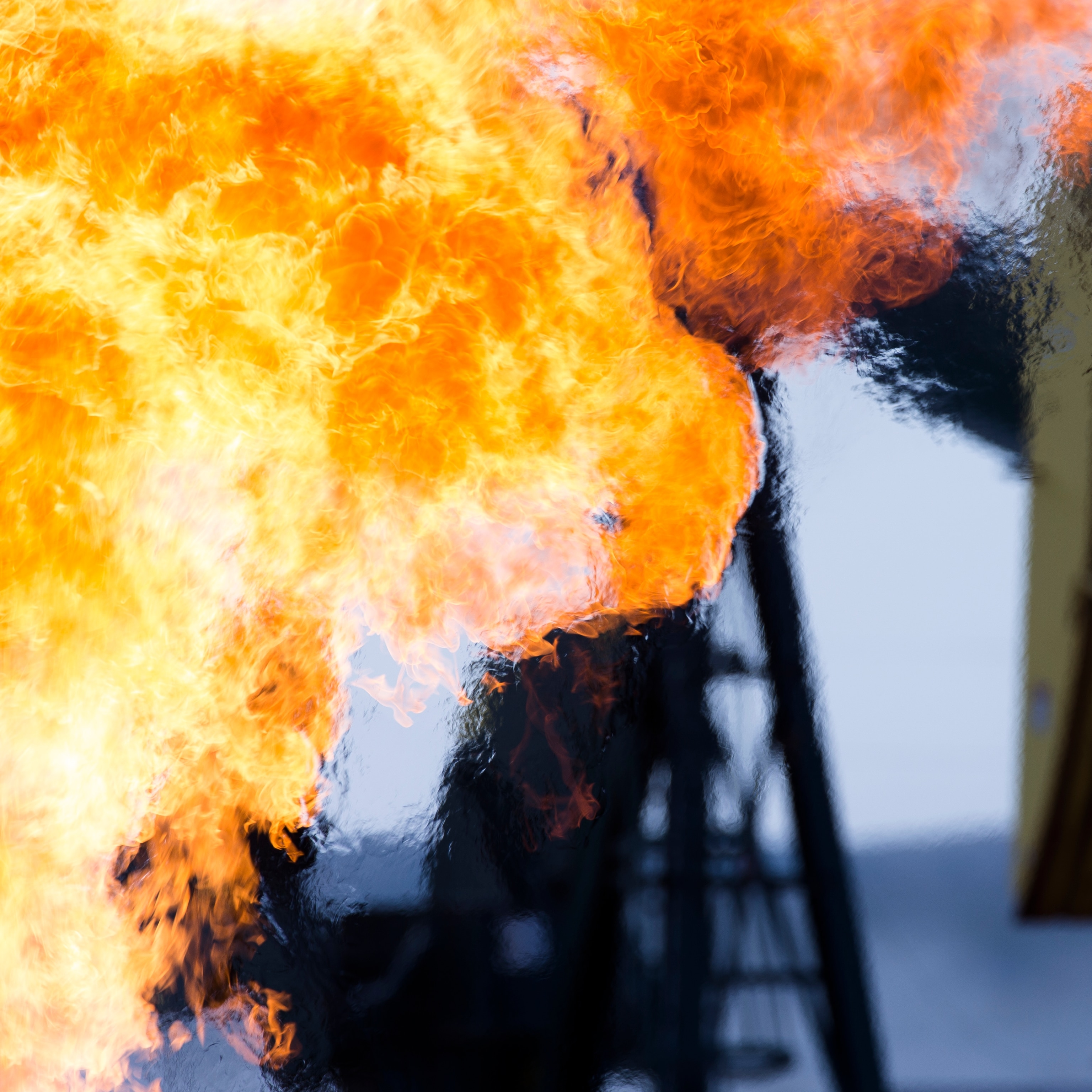
With Record Heating Oil Prices Expected, Homes Dash to Gas
Natural gas abundance in the U.S. Northeast means it’s now far cheaper than oil for home heating. Residents are making the switch, but will prices stay low?
An early snowstorm stunned the northeastern United States last month, but a far worse chill may strike when the winter fuel bills arrive: Home heating oil prices there are expected to hit record highs in the next three months. The news casts a pall over the U.S. region that has the highest concentration of homes heated by oil.
So Ruth Trimble basks in the warmth coming off her gas boiler, which a couple of years ago replaced the oil heat system in her mid-century home in Middletown, Pennsylvania. She also appreciates the gas water heater that replaced an electric model. "We're just so happy with them," she says. "It seems everything's going up in price around here, at least oil and electricity are."
The price of natural gas, on the other hand, is headed down. After a history of usually moving in sync, gas prices have decoupled from the rising cost of oil. Despite an uptick expected this winter, gas prices have fallen in recent years as vast new supplies of natural gas have been unlocked from shale. Drillers have combined old technologies into new methods of extracting this natural gas from the previously untapped soft rock layer a mile or more beneath the surface.
(Related interactive: "Breaking Fuel From Rock")
(Related: "The Science of Shale Gas")
The growing premium for fuel oil, a petroleum product similar to diesel, is helping accelerate what's been a steady decline in its market share of U.S. homes and businesses. In the Northeast, oil prices have more than doubled since the winter of 2003-2004, and are expected to be twice those for natural gas this winter. That's $27 per MMBtu (million British thermal unit) for oil versus $12.93 for gas, according to the U.S. Energy Information Administration (EIA).
(Related: "Crude Reality: Gas Prices Rocket Because They Can")
Europe also is expected to see record oil heating prices this winter. But there isn't a similar incentive for homes to switch to natural gas in the EU because the price of gas there continues to be closely linked to that of oil. More than 40 percent of Europe's natural gas is imported and the continent doesn't currently have shale gas development (though exploration of this new resource is in the works). As a result, the price of natural gas across the Atlantic recently was triple the going rate in the United States.
Meanwhile, back in Pennsylvania, some utilities say they're having trouble keeping up with demand for new gas hookups. UGI Utilities, which serves Trimble and homes across the Keystone State, saw a record of more than 5,500 customers converting to gas in the year that ended in September. "And the demand has only been increasing," says UGI spokesman Joseph Swope.
Prices aren't the only reason behind the surge of customers to UGI and other utilities. Flooding from Hurricane Irene in August ruined the heating systems in thousands of homes across the Northeast. "With their furnaces shot, homeowners saw a chance to get into gas," Swope says.
(Related: Hurricane Irene Pictures: Flooding in New York and Beyond)
It's no small expense to make the switch. Homeowners typically spend a minimum of $2,000 on the indoor plumbing, appliances, lines, and other work involved in switching to natural gas. The cost often reaches $5,000, and can soar into the tens of thousands if a buried and leaky oil tank must be removed. Residents might also have to pay to run a gas line to their home, and neighbors might be required to share the cost of running a line into the area.
When homeowners replace a working oil system, it can take five or ten years, if not longer, to get their money back in fuel savings. (Of course, payback is not an issue on a system that needs to be replaced anyway in a place where pipelines to gas are already in place.)
Fuel oil companies aren't sitting still, though. They still heat more than 25 percent of homes in the Northeast, and warn customers that conversions amount to an expensive gamble that oil prices will remain higher than natural gas.
(Related: "Has the World Already Passed Peak Oil?")
The U.S. heating oil industry agreed to a federal tax on wholesale fuel oil sales that funded research, education, and promotion. The work helped boost the efficiency of oil furnaces, and the blending of oil with biofuels in search of a greener product.
But Congress let the tax lapse last year. The highly fragmented industry of thousands of small fuel oil dealers finds itself up against large and well-funded utilities that promote natural gas conversions. And now economics threatens to speed the industry decline that began decades ago.
Nationally, about 6 percent of U.S. homes got their heat from fuel oil and kerosene in 2010, according to the EIA. That's down from 9 percent of homes in 2000¾and 26 percent of homes in 1970.
Population shifts explain part of that drop as consumers moved south to places where electricity runs heat pumps. But oil shocks, such as those of the 1970s, helped drive Northeast homeowners to natural gas, even if occasional spikes in gas prices slowed the shift.
Now the gas industry says it expects prices to remain near today's lower levels. Producers have boosted supplies and recoverable reserves in the United States by combining horizontal drilling with hydraulic fracturing, also called fracking, to produce gas from shale formations. One of the largest, the Marcellus, cuts through heating oil's Northeastern stronghold, in a 95,000-square-mile (246,000-square-kilometer) arc through West Virginia, Pennsylvania and New York.
(Related: "Natural Gas Stirs Hope and Fear in Pennsylvania")
While sometimes controversial because of environmental concerns, the enhanced production has made supplies plentiful for the foreseeable future, says Jim Ranfone of the American Gas Association, which represents more than 200 companies that distribute natural gas.
The supply has removed the price volatility that remains with oil, he says: "For natural gas, it looks like it's going to be a nice, easy ride for a while."
(Related: "Plenty of Gas, But No Simple Solution for U.S. Energy Challenge")
This story is part of a special series that explores energy issues. For more, visit The Great Energy Challenge.








